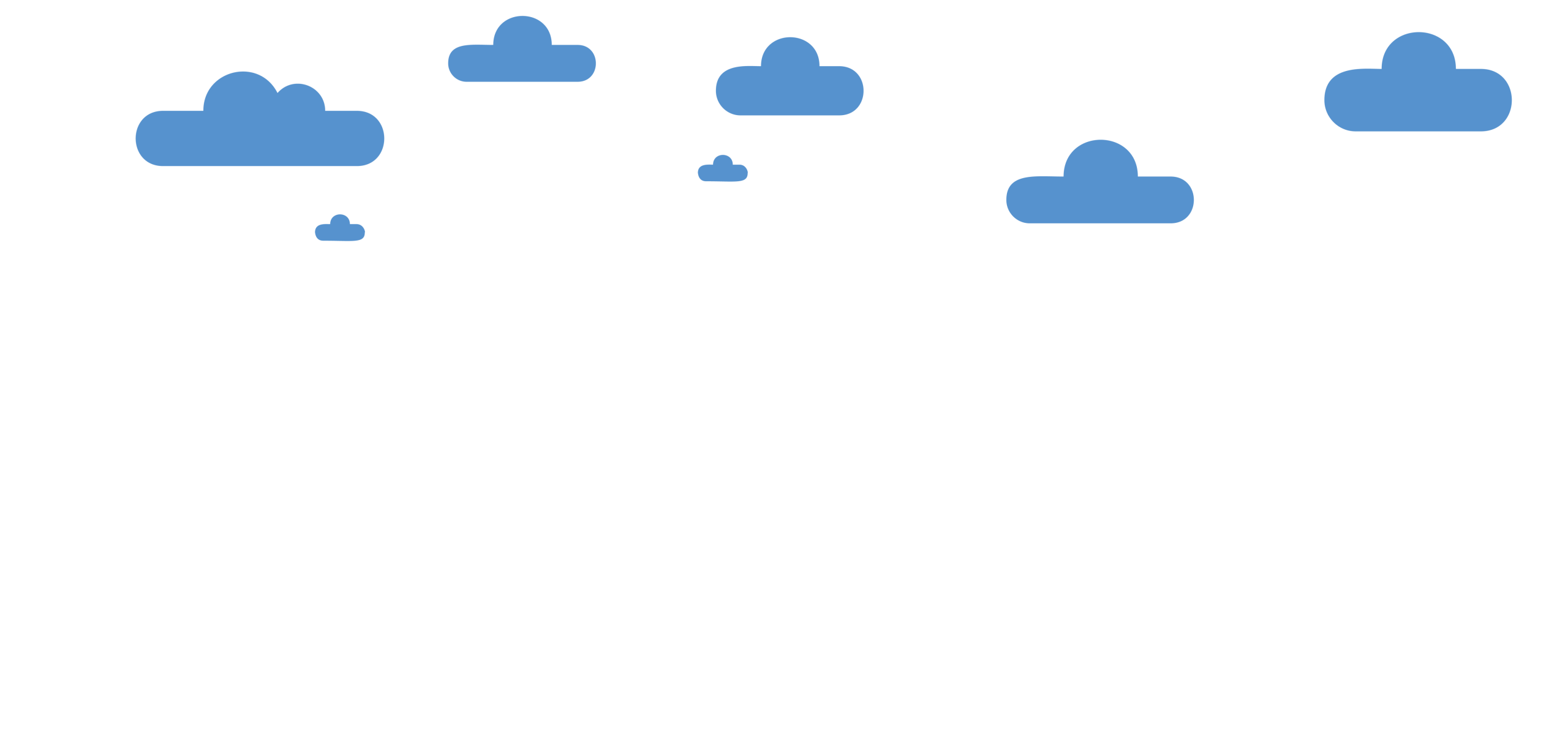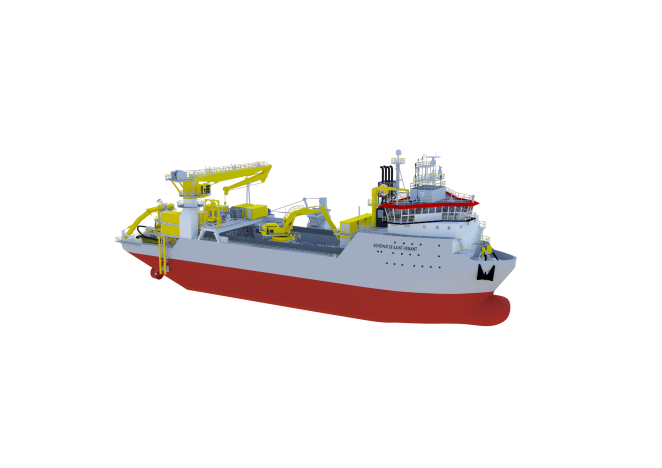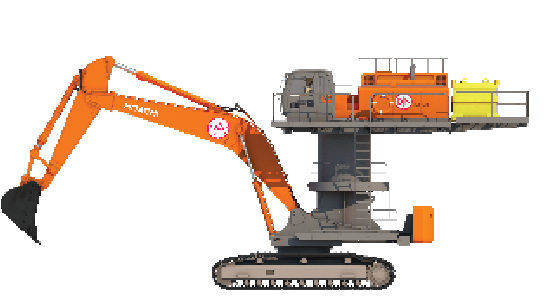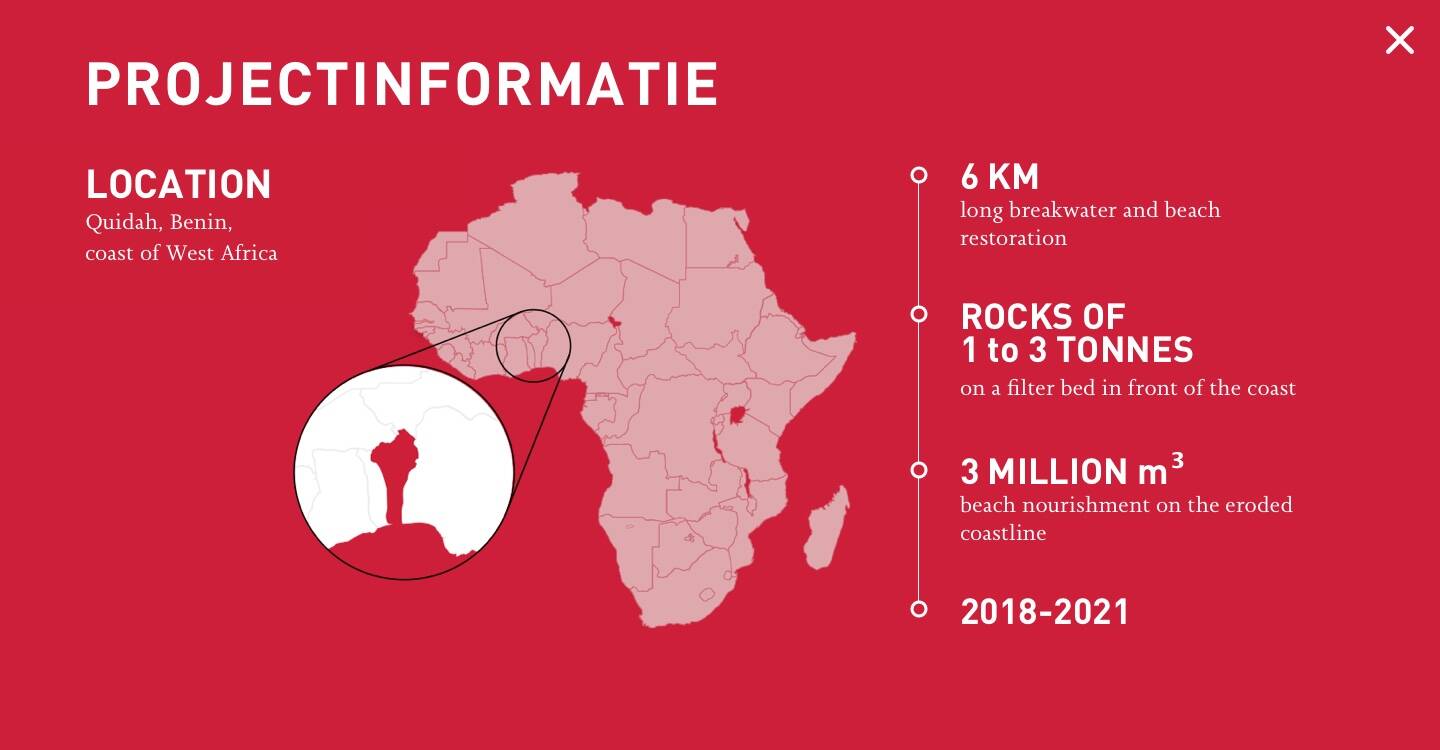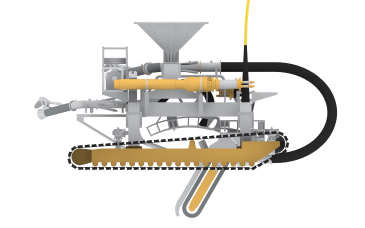

Forest

How will we make the AquaForest project work?
AquaForest is a first of its kind. We will reuse dredged sediments to recreate mangrove forests. This way we will develop a new mangrove habitat on an existing intertidal flat in the Guayas river delta, where modelling results have shown that sediments start to be deposited naturally.
A ‘green-grey infrastructure’
AquaForest is based on the so-called ‘green-grey infrastructure’. This means that we will combine conventional engineering techniques for land reclamation with the circular reuse of dredged material to create a mangrove forest through assisted afforestation.

Soon, we will start to construct a U-shaped island in the delta using dredged sediments. Our goals? Firstly, to support natural propagation of mangroves by creating the ideal conditions. Secondly, to plant mangrove trees ourselves with the local community. This way, the mangrove ecosystem will eventually evolve into an autonomous habitat, where human intervention will no longer be needed. We expect to have the first mangrove trees by the summer of 2024.
A Living Lab for Nature-based Solutions
We are turning AquaForest into a real-life research hub, a Living Lab for Nature based Solutions. We will team up with our partners to explore how mangroves combat floods, boost biodiversity, and benefit communities. Our Ecuador pilot project is just the start. We will use this project as a blueprint for future projects across the region and around the world, particularly in areas where mangrove forests serve as vital components of local ecosystems.







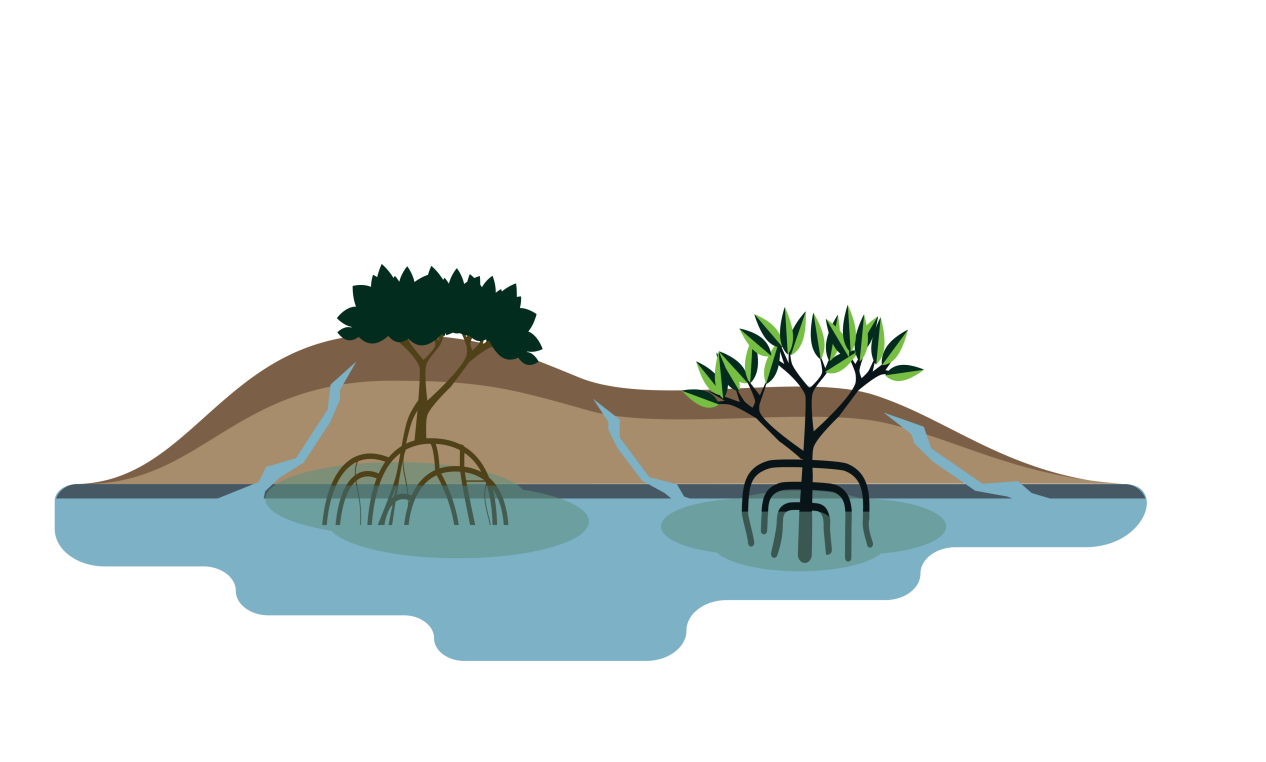



We are currently investigating several factors that are important for the optimal growth of mangrove habitats: elevation, drainage, and sediment type of the area where the new mangrove forest will be located. On top of that we are also looking at which plant species thrive best and whether we need to initially protect the juvenile mangrove trees against local hydrodynamic conditions.



In tropical regions, where land and sea meet, you can find one of the most productive ecosystems: mangroves. The trees thrive in conditions most plants could never tolerate — saline water and the ever-changing ebb and flow. They have the incredible ability to grow their roots underwater. And we haven't even mentioned the long list of benefits that mangroves bring.
Guayaquil's entrance channel is the main economic gateway to Ecuador. In 2018, we dredged the access channel so that even larger ships could enter. Moreover, we also agreed a 25-year concession contract to carry out maintenance dredging in the access channel to the Port of Guayaquil.
While dredging, we noticed a lot of shallow areas in the channel perfect for mangrove forests. So we came up with the idea to elevate such a shallow area by using the material we dredged from the access channel of Guayaquil, and then develop and restore mangrove habitats on it. Therefore, we initiated the ‘AquaForest’ project, together with our partners.

Unfortunately, since 1980, half of all mangrove forests in the world have disappeared, a decline that is also observed in the Guayas Delta in Ecuador.
This has a big impact, as all the benefits of these important ecosystems are lost and coastal safety problems and biodiversity loss are magnified. After all, without the mangroves, the land around the Guayas Delta is more exposed to coastal flooding and erosion, which affects the daily lives of many of Ecuadorian communities.
Mangroves play a vital role in water purification as their dense root system acts as a filter for pollutants.

They protect coastal communities against flooding, erosion, and severe storm events.








Early April, three vessels of that fleet, the Isaac Newton, Connector and Symphony, were docked together in the port of Zeebrugge. A perfect time to take a closer look at these three Red Giants.


Forest



A Living Lab for Nature-based Solutions
We are turning AquaForest into a real-life research hub, a Living Lab for Nature based Solutions. We will team up with our partners to explore how mangroves combat floods, boost biodiversity, and benefit communities. Our Ecuador pilot project is just the start. We will use this project as a blueprint for future projects across the region and around the world, particularly in areas where mangrove forests serve as vital components of local ecosystems.
Soon, we will start to construct a U-shaped island in the delta using dredged sediments. Our goals? Firstly, to support natural propagation of mangroves by creating the ideal conditions. Secondly, to plant mangrove trees ourselves with the local community. This way, the mangrove ecosystem will eventually evolve into an autonomous habitat, where human intervention will no longer be needed. We expect to have the first mangrove trees by the summer of 2024.
A ‘green-grey infrastructure’
AquaForest is based on the so-called ‘green-grey infrastructure’. This means that we will combine conventional engineering techniques for land reclamation with the circular reuse of dredged material to create a mangrove forest through assisted afforestation.



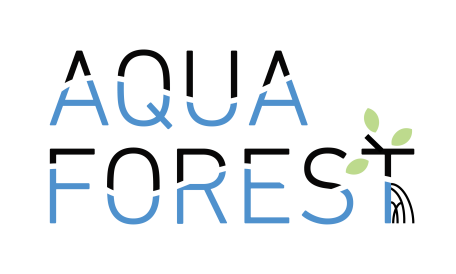
How will we make the AquaForest project work?
AquaForest is a first of its kind. We will reuse dredged sediments to recreate mangrove forests. This way we will develop a new mangrove habitat on an existing intertidal flat in the Guayas river delta, where modelling results have shown that sediments start to be deposited naturally.
We are currently investigating several factors that are important for the optimal growth of mangrove habitats: elevation, drainage, and sediment type of the area where the new mangrove forest will be located. On top of that we are also looking at which plant species thrive best and whether we need to initially protect the juvenile mangrove trees against local hydrodynamic conditions.

Guayaquil's entrance channel is the main economic gateway to Ecuador. In 2018, we dredged the access channel so that even larger ships could enter. Moreover, we also agreed a 25-year concession contract to carry out maintenance dredging in the access channel to the Port of Guayaquil.
While dredging, we noticed a lot of shallow areas in the channel perfect for mangrove forests. So we came up with the idea to elevate such a shallow area by using the material we dredged from the access channel of Guayaquil, and then develop and restore mangrove habitats on it. Therefore, we initiated the ‘AquaForest’ project, together with our partners.

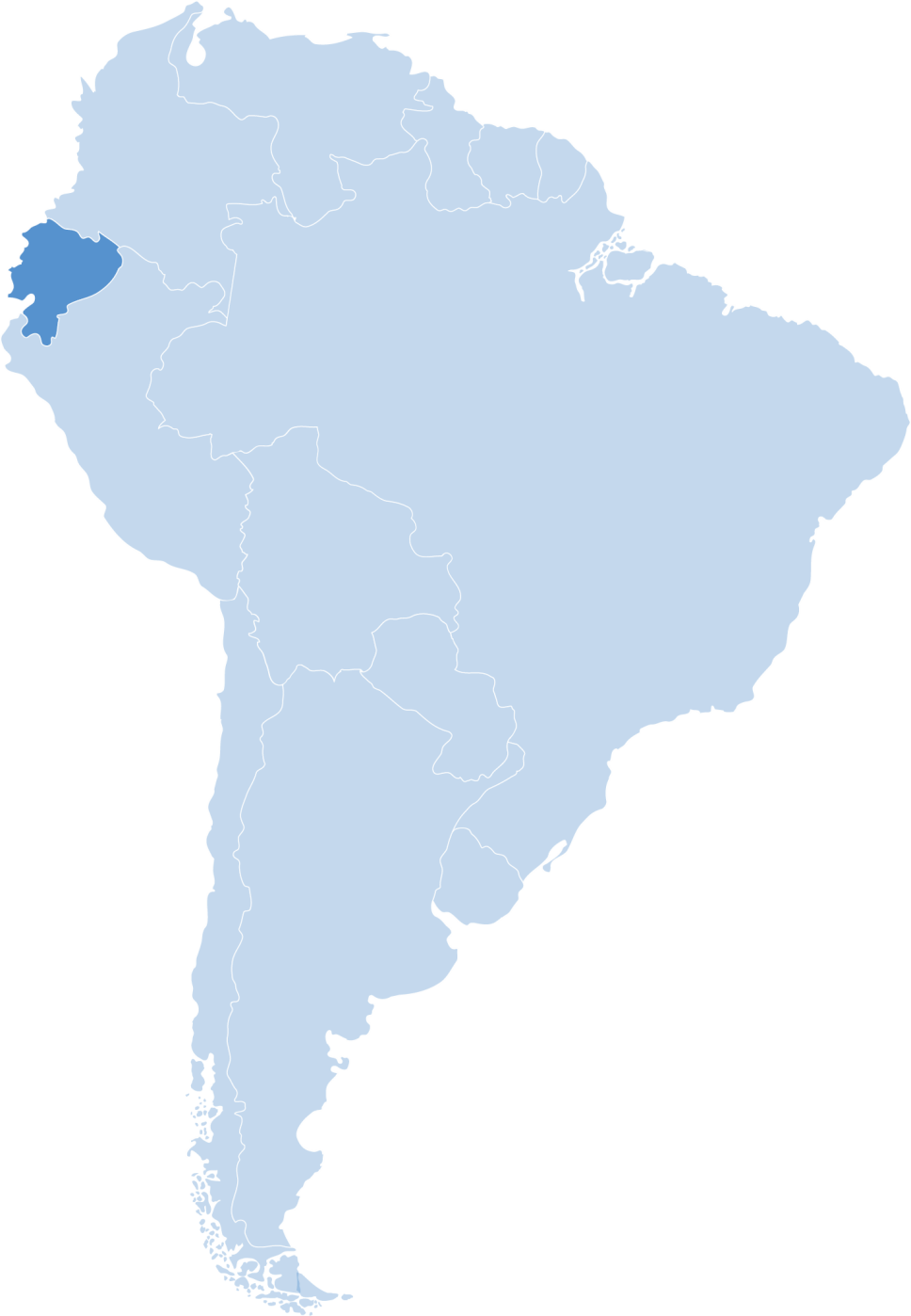
Unfortunately, since 1980, half of all mangrove forests in the world have disappeared, a decline that is also observed in the Guayas Delta in Ecuador.
This has a big impact, as all the benefits of these important ecosystems are lost and coastal safety problems and biodiversity loss are magnified. After all, without the mangroves, the land around the Guayas Delta is more exposed to coastal flooding and erosion, which affects the daily lives of many of Ecuadorian communities.


They protect coastal communities against flooding, erosion, and severe storm events.

In tropical regions, where land and sea meet, you can find one of the most productive ecosystems: mangroves. The trees thrive in conditions most plants could never tolerate — saline water and the ever-changing ebb and flow. They have the incredible ability to grow their roots underwater. And we haven't even mentioned the long list of benefits that mangroves bring.


Mangroves play a vital role in water purification as their dense root system acts as a filter for pollutants.


Think of offshore energy and the chances are a wind farm at sea comes to mind. Rightfully so, because with a tip height of 270 metres and more, wind turbines at sea are quite a sight. Yet, wind farms are only a small piece of the puzzle in the energy transition. Buried underground, deep in the seabed, the huge multi kilometre-long cables that bring the offshore electricity ashore are just as important.
For ten years now, Jan De Nul has been an expert in the offshore cable industry. With numerous targeted investments, we built a leading cable installation fleet.


















